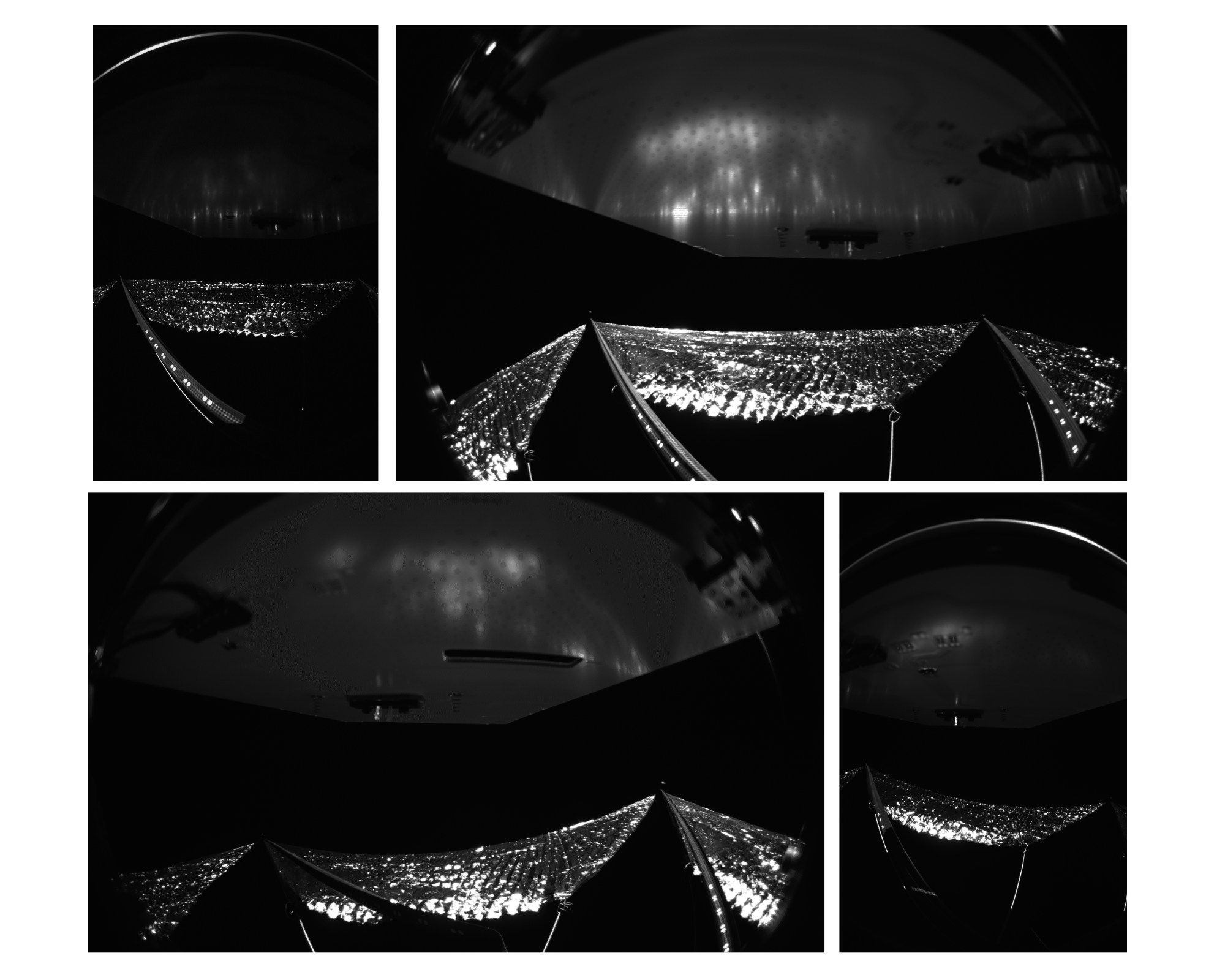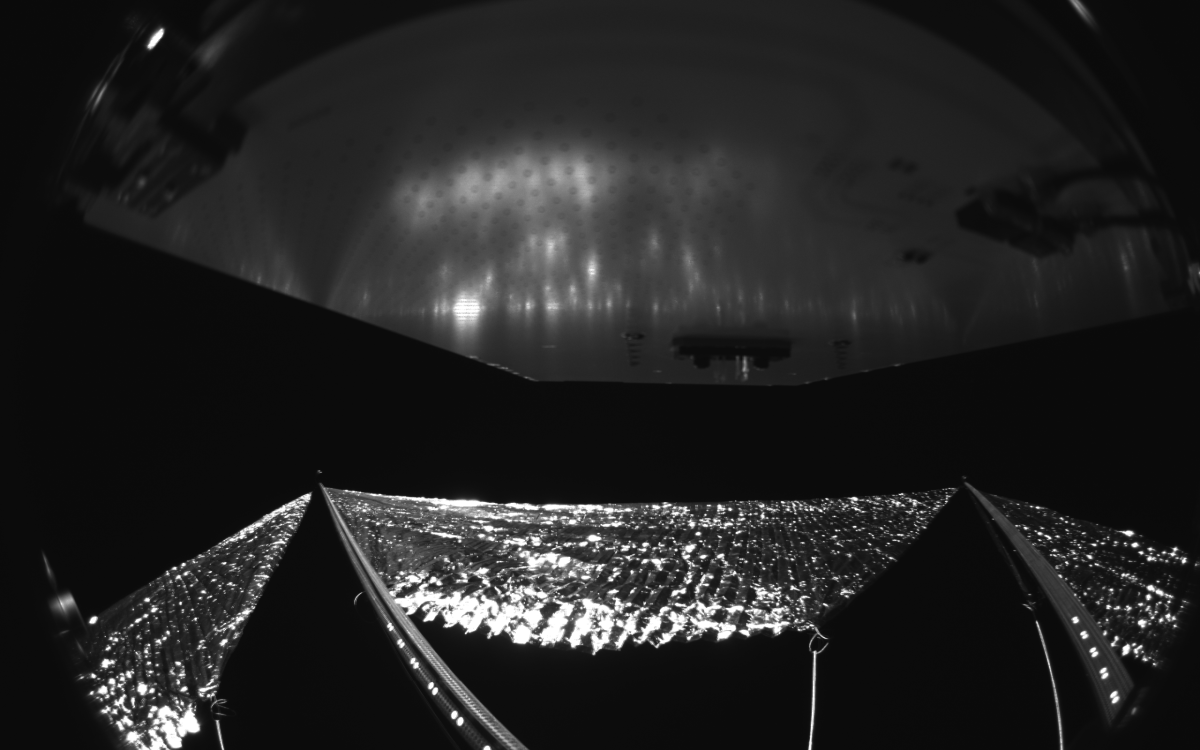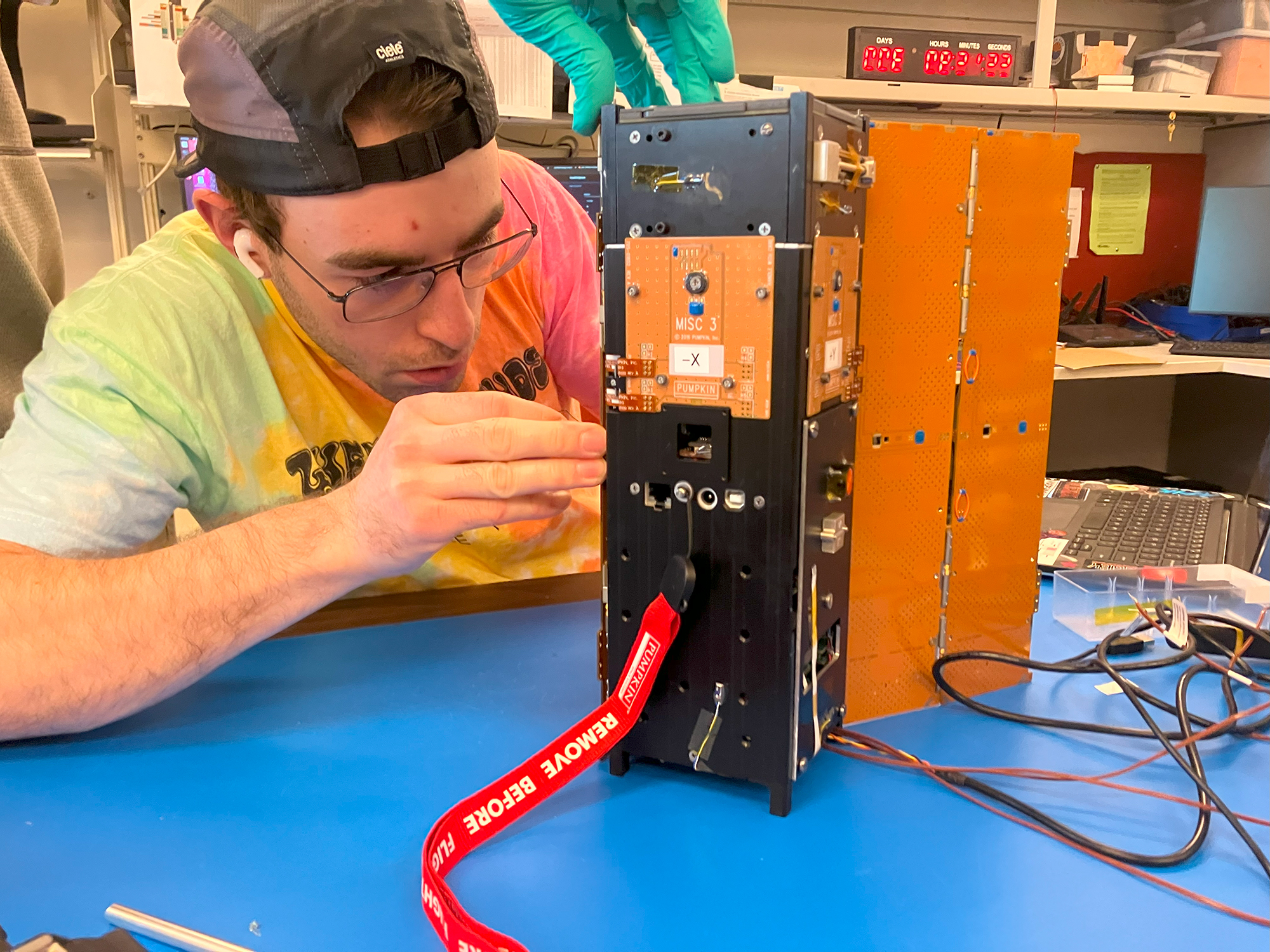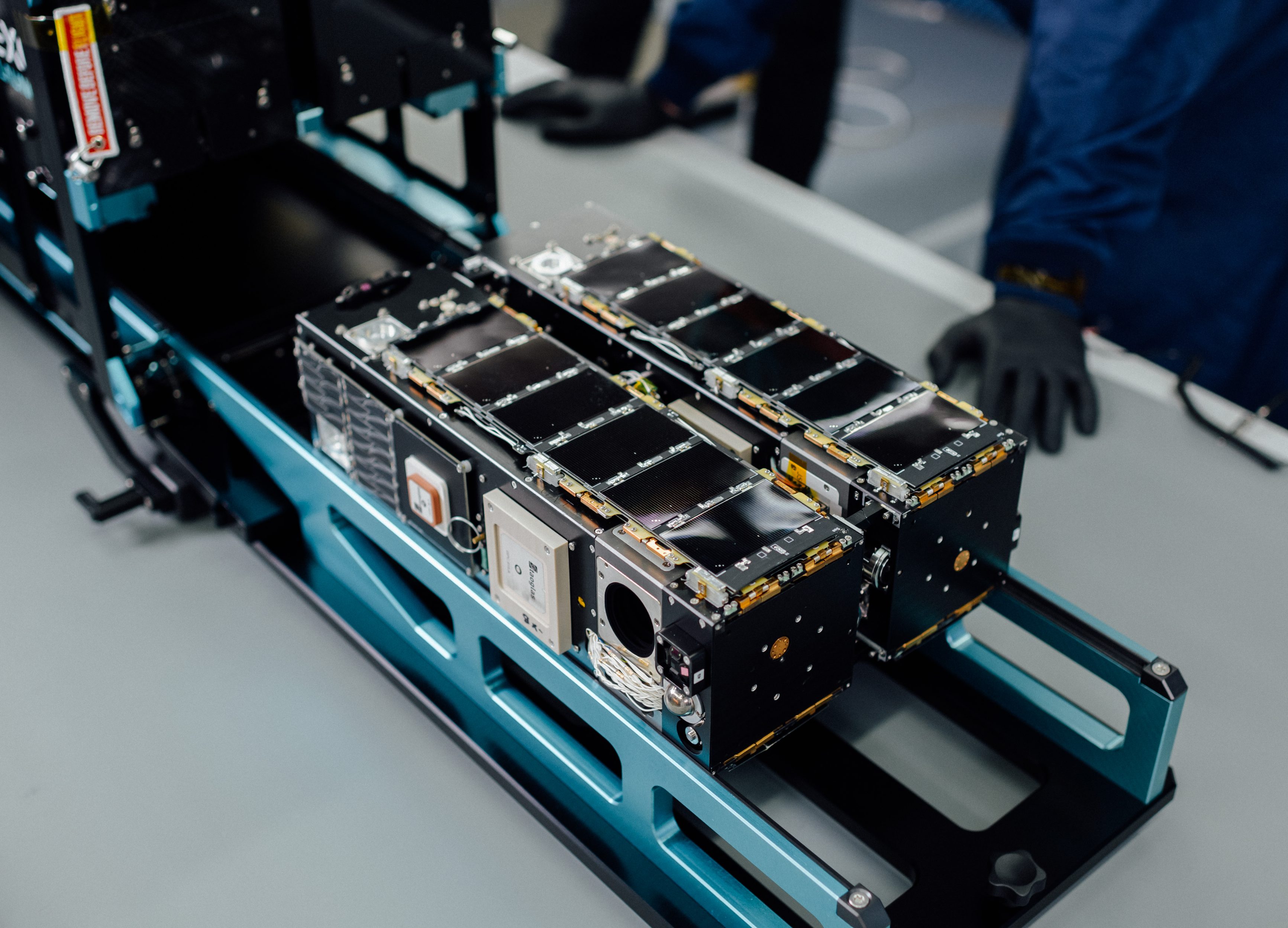
Mission operators for NASA’s Advanced Composite Solar Sail System continue to analyze data from the spacecraft and characterize the performance of its composite booms. Following successful deployment of the booms and solar sail, the Advanced Composite Solar Sail System still slowly tumbles in orbit because the spacecraft’s attitude control system is not yet reengaged.
Before rolling out the booms in the deployment phase, the team deactivated the attitude control system to accommodate the spacecraft’s changing dynamics as the sail unfurled. Attitude control applies forces to a spacecraft to help it maintain a particular orientation relative to another location in space, such as aiming an antenna at a ground station for communications or optimally placing solar panels to face the Sun to charge a spacecraft’s batteries.
While the solar sail has fully extended to its square shape roughly half the size of a tennis court, the mission team is assessing what appears to be a slight bend in one of the four booms. This likely occurred as the booms and sail were pulled taut to the spacecraft during deployment. Analysis indicates that the bend may have partially straightened over the weeks since boom deployment, while the spacecraft was slowly tumbling.
The primary objective of the Advanced Composite Solar Sail System demonstration is to test deployment of the booms in space to inform future applications of the composite boom technology for large-scale solar sails and other structures. Data collected from this flight test has already proven highly valuable, and the demonstration will continue producing critical information to enable future solar sail missions.
The mission team predicts the slight bend in one of the four booms will not inhibit the Advanced Composite Solar Sail System’s ability to execute its sailing maneuvers later in the technology demonstration.
Now, mission operators are working to reposition the spacecraft, keeping the Advanced Composite Solar Sail System in low power mode until its solar panels are more favorably oriented toward direct sunlight. The team is conserving the spacecraft’s energy for priority operations – such as two-way communications with mission control – until its attitude control system is reactivated.
When the attitude control system is reengaged, the spacecraft will be able to point its high-bandwidth radio antenna more precisely toward the ground station as it passes overhead during its brief windows of communication with the mission team. At this stage, the team will be able to gather even more data, calibrate the precise shape of the sail, and prepare to begin its sailing maneuvers.
For ongoing mission updates, follow us on social media:
X: @NASAAmes, @NASA
Facebook: NASA Ames, NASA
Instagram: @NASAAmes, @NASA
NASA’s Ames Research Center manages the Advanced Composite Solar Sail System project and designed and built the onboard camera diagnostic system. NASA’s Langley Research Center designed and built the deployable composite booms and solar sail system. NASA’s Small Spacecraft Technology program office based at NASA Ames and led by the agency’s Space Technology Mission Directorate, funds and manages the mission. NASA STMD’s Game Changing Development program developed the deployable composite boom technology. Rocket Lab USA, Inc of Long Beach, California provided launch services, and NanoAvionics provided the spacecraft bus.



